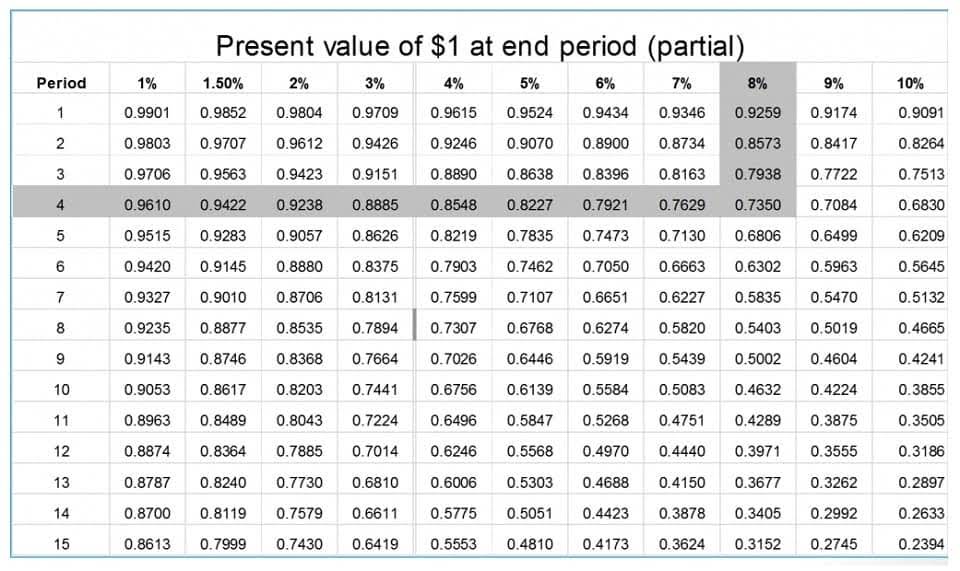Errors in Original Entry Effect on Accounts & Rectification Entry

Every transaction must have at least one debit and one credit, and https://www.bookstime.com/ the sum of debits and credits must always be equal. Khan et al. 43 proposed a novel POS tagging technique for Urdu text using conditional random field (CRF) model. A rich collection of feature sets with language dependent and language independent paradigm. Regular training sessions for finance professionals on the importance of accuracy and attention to detail can help minimize the occurrence of these errors. Awareness campaigns within organizations can also promote a culture of precision and careful data handling. In order to correct a transposition error, it is important to identify the source of the error and determine which digits were transposed.
- Given their sneaky nature, careful review and double-checking of entered data are essential to catch and correct these errors.
- For example, a business may be saddled with an increased tax liability if the transposition error is large enough to slingshot that company into a higher tax bracket.
- If the difference between the recorded amount and the correct value is evenly divisible by nine, it is highly likely that a transposition error has occurred.
- You might spot a transposition error in trial balance, when your accounts don’t equal.
- Seamlessly enter balances, record payments, send estimates, and so much more!
Ask a Financial Professional Any Question

A transposition error is a common accounting error that is caused by substituting two (or more) sequential digits. For example, when a bookkeeper enters the number 56 instead of 65, it is a transposition error. The errors in original entry will be adjusted through a debit or credit memo. Double entry (or more) may also be leveraged to minimize transcription or transposition error, but at the cost of a reduced number of entries per unit time.
- For example, in your year-end review of the trial balance, you discover that there is a difference of $900 between your debits and credits.
- And consequently, a business can end up overspending, paying too much or too little in taxes, or even dealing with tax fines.
- Accounting mistakes can keep your small business from running smoothly and hurt growth so it’s important to learn the common types of accounting errors and how to correct them.
- We will discuss methods for identifying and correcting transposition errors, along with real-life examples in the finance industry.
- Common causes of Transposition Errors stem from factors such as reliance on accounting software, bookkeeping inaccuracies, complexities in accounts payable processes, and the absence of comprehensive audit trails.
- These scenarios illustrate the importance of detecting and correcting transposition errors promptly.
TCP CPA Exam: Recall Related Parties for Tax Purposes
Consider the case of a large corporation that reported a transposition error in its quarterly earnings. This misinformation not only affected the company’s stock price but also triggered an investigation by regulatory authorities. The company had to issue a correction, which resulted in a temporary drop in investor confidence and an increased scrutiny of its financial practices. These errors can have a significant impact on the financial statement transposition error definition accuracy, potentially leading to misleading information and misguided financial decisions. To prevent these, companies must implement stringent control measures, such as regular reconciliations, segregation of duties, and automated validation checks. Identifying and rectifying transposition errors is essential not only for maintaining the trust of stakeholders and investors but also for upholding legal and ethical standards.

Stay up to date on the latest accounting tips and training
Bank reconciliations help you identify transposition errors before they cause further problems for your business. By implementing these measures, individuals and businesses can significantly reduce the likelihood of transposition errors and maintain the integrity of their financial records. https://www.instagram.com/bookstime_inc Today, we are diving deep into a topic that is crucial for any business or individual managing their finances – transposition errors. Have you ever wondered what a transposition error is and how it could affect your financial records? In this blog post, we will explore the definition, causes, and consequences of transposition errors, and provide you with valuable insights to help you avoid them in the future. If the entry is occurring in data capture forms, databases or subscription forms, the designer of the forms should use input masks or validation rules.
- When multiple individuals are involved in the review process, potential discrepancies and irregularities are more likely to be identified, leading to greater accuracy and integrity in financial reporting.
- This often occurs in the course of transcription; thus a transposition error is a special case of a transcription error.
- Transposition Errors can significantly impact the accuracy and integrity of financial statements, leading to discrepancies that may influence financial planning and decision-making processes within an organization.
- Software with automatic transcription capabilities or powered by artificial intelligence, machine learning or APIs can generate more accurate transcriptions.
- These errors can happen at any stage of financial data entry, including invoices, bank statements, spreadsheets, or accounting records.
- However, the efficiency of their technique can be improved by implementing the HMM using a hybrid tagging scheme.
Identifying and rectifying these errors can be time-consuming and resource-intensive, posing additional challenges for maintaining the reliability and trustworthiness of financial records. The implications of transposition errors highlight the critical need for vigilant monitoring and thorough validation of financial data. This type of error often occurs when a person mistakenly switches two adjacent digits or characters when entering data, causing significant errors and misinterpretation of financial information. For example, the transposition of “23” to “32” can result in a substantial difference in financial calculations. If they are unequal, you can go back to your journal entries to find where the error originates from.

